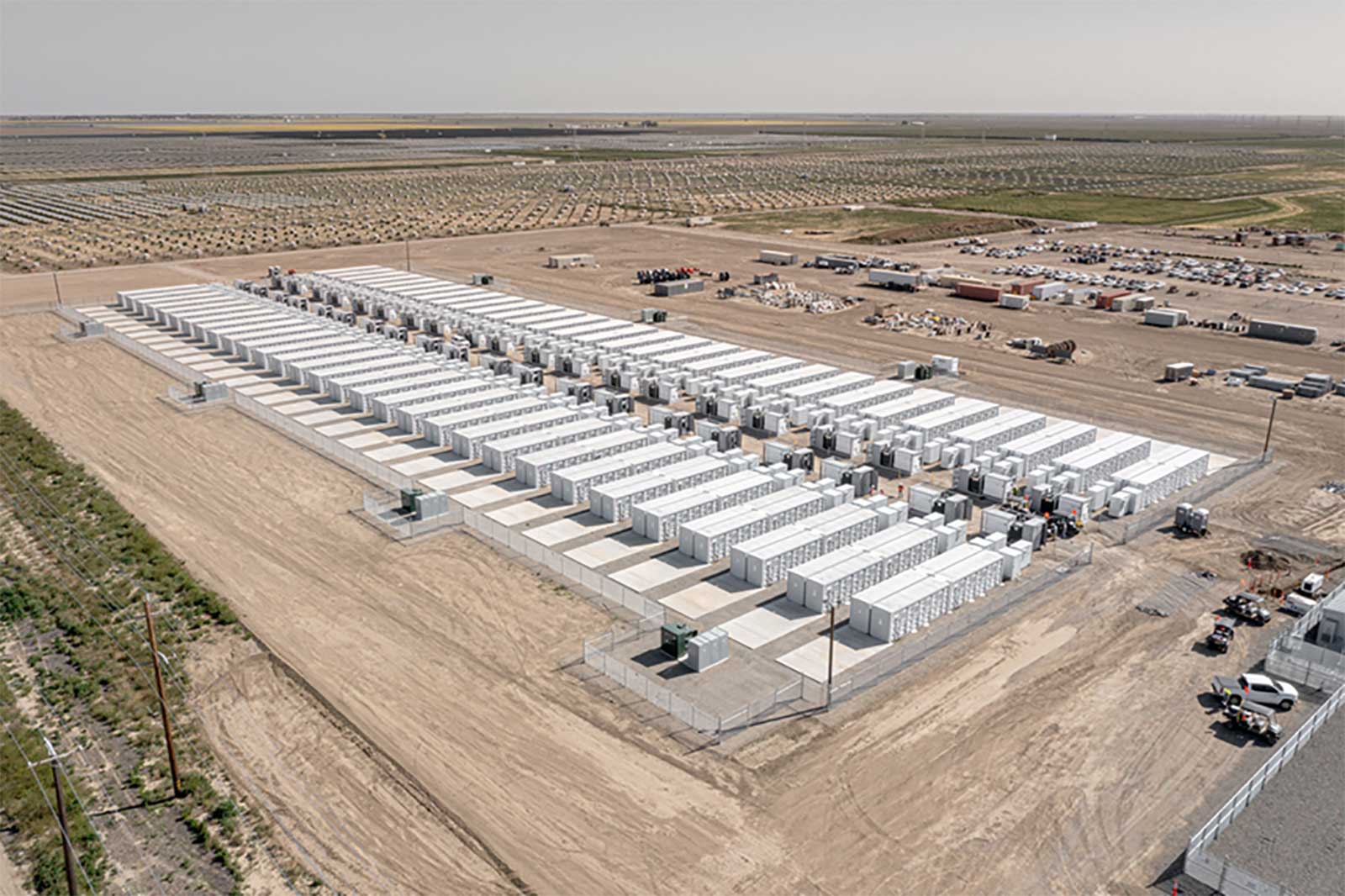
German electric power generation company RWE has connected its 137MWac utility-scale battery energy storage system (BESS) to the California Independent System Operator.
The Fifth Standard project, said to be the company’s largest BESS facility to date, is located around 45 miles (72km) southwest of Fresno, California.
The project includes a 150MWac solar plant, which covers an area of around 1,600 acres, is planned to be completed in August this year.
It features 369,334 photovoltaic (PV) panels that leverage a racking system with solar trackers, to follow the sun’s path to enhance the energy output.
RWE Clean Energy CEO Mark Noyes said: “Projects like Fifth Standard, with its co-located battery storage system, will become increasingly important to help ensure that as renewables form a bigger part of the energy mix, the electricity produced can be used when it is needed most.
“In our case, future growth is backed by project development pipeline comprising more than 24 gigawatts in onshore wind, solar and battery storage, one of the largest in the US.”
Once fully operational, the solar facility will have the capacity to generate adequate green electricity to power more than 26,000 homes.
The excess energy generated will not be sent to the grid, but stored in an on-site lithium-ion battery energy storage facility.
The 548MWh storage system, which can discharge 137MW into the grid over a four-hour period, will allow the plant to release solar energy when electric demand is highest.
The Fifth Standard BESS project is expected to support California’s clean energy goals, including achieving a net zero goal by 2045, said RWE.
Recently, RWE started construction on a large-scale BESS at its power plant locations in Neurath and Hamm, Germany.
It features 690 lithium-ion battery blocks, with a 235MWh storage capacity and can operate at a maximum capacity of 220MW for more than an hour.
With a nearly €140m investment, the BESS facility is anticipated to supply balancing energy to the grid starting in the second half of 2024.
It will take excess power from the electricity grid and feed it back into the system when required, to maintain the required grid frequency.






